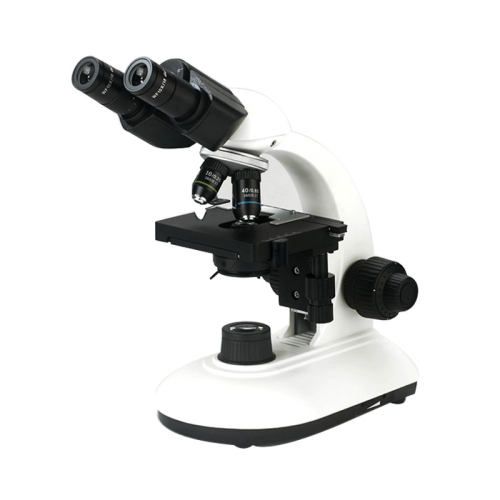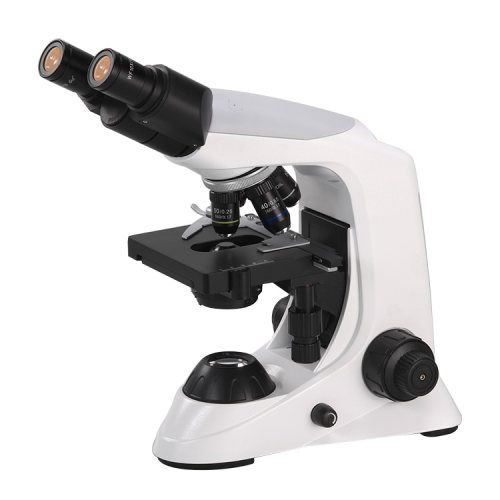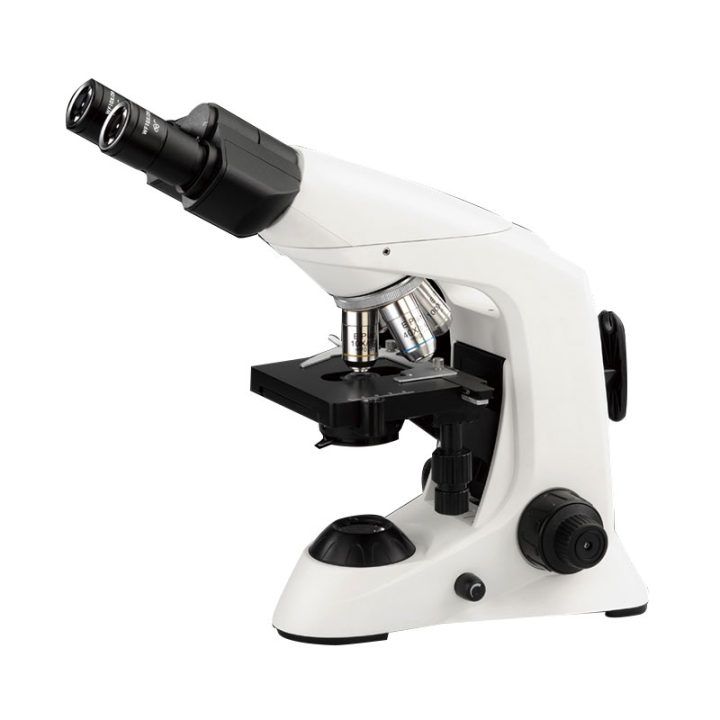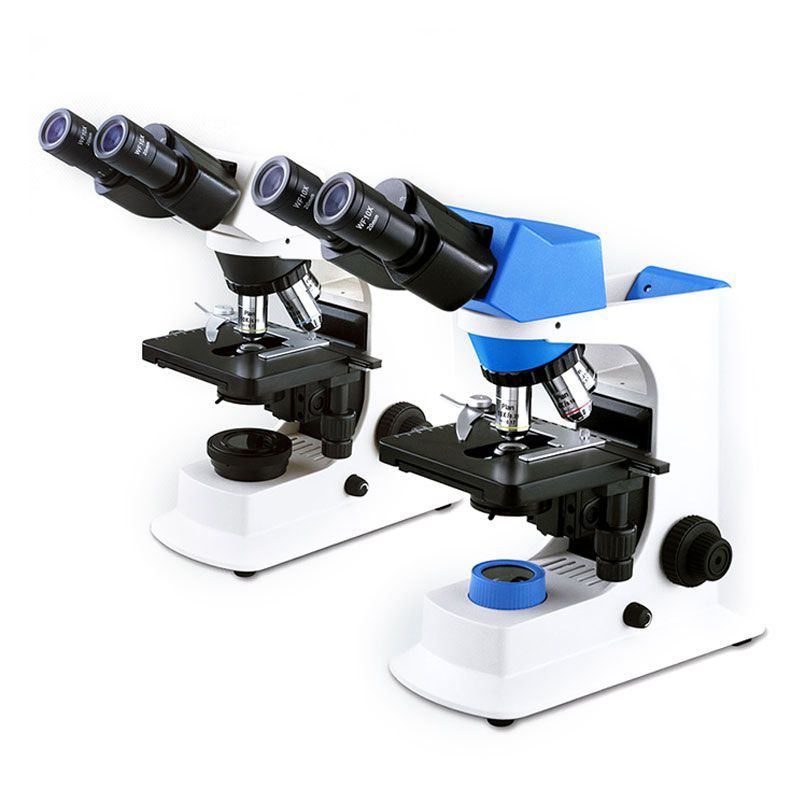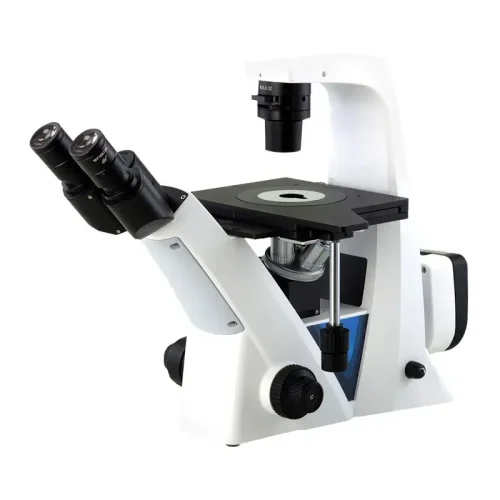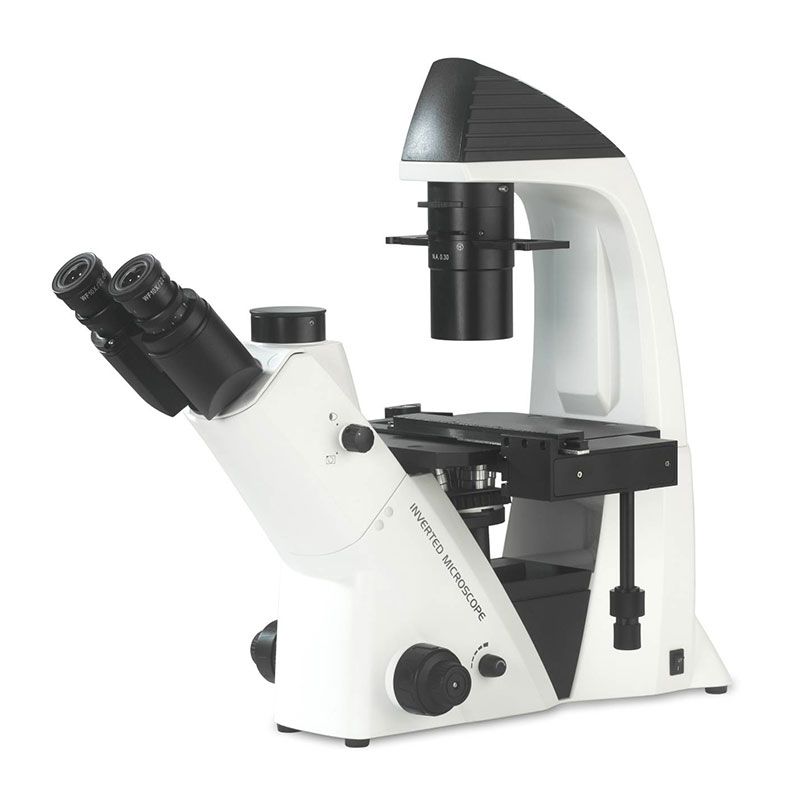Microscopes are essential scientific instruments that enable researchers and scientists to explore and analyze objects at a microscopic level, revealing details that are not visible to the naked eye. These instruments have played a pivotal role in advancing various fields of science by facilitating the study of diverse materials, organisms, and structures. Microscopes utilize lenses and illumination sources to magnify and enhance the visibility of minute details, opening up new frontiers in scientific understanding.
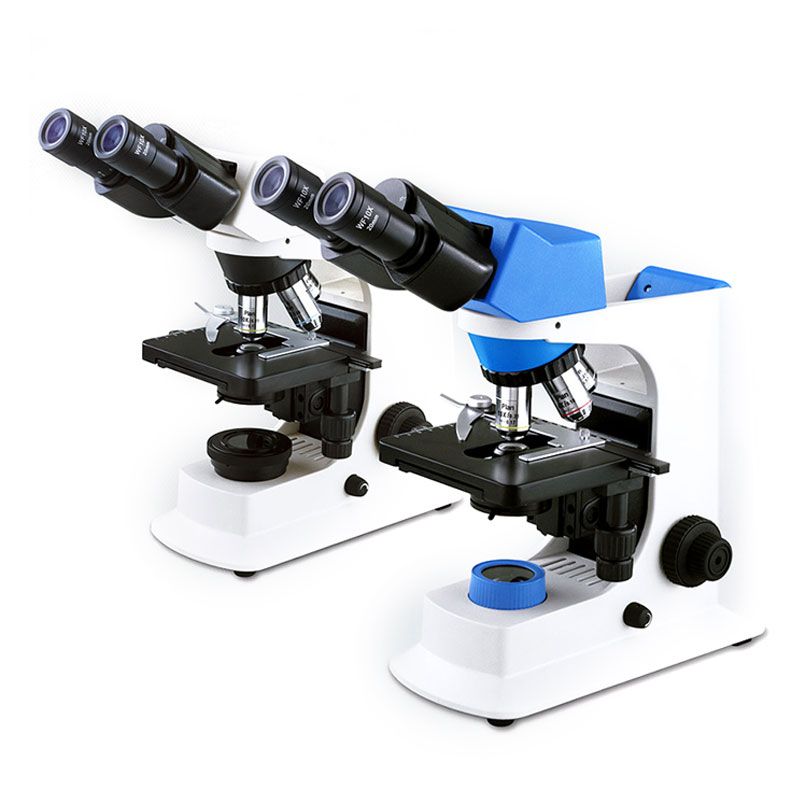
What is a Biological Microscope?
1. Definition and Purpose
Biological microscopes, also known as light microscopes, are specialized instruments designed for the observation and study of living organisms. They provide researchers with the ability to examine biological specimens such as cells, tissues, microorganisms, and other living entities. The study of living organisms at the microscopic level is fundamental to various scientific disciplines, including biology, medicine, and microbiology.
One of the primary purposes of biological microscopes is to facilitate cellular and molecular research. These microscopes enable scientists to explore the intricate structures of cells, investigate cellular functions, and delve into the molecular mechanisms that govern life processes. By allowing observation at the cellular and molecular levels, biological microscopes contribute significantly to advancing our understanding of living organisms.

2. Key Components of Biological Microscope
- Objective Lenses: Objective lenses are a critical component of biological microscopes responsible for magnifying the specimen. Biological microscopes typically come with multiple objective lenses of varying magnification powers, allowing researchers to observe specimens at different levels of detail.
- Eyepiece: The eyepiece, or ocular lens, further magnifies the image produced by the objective lenses. Combined with the magnification from the objectives, the eyepiece enhances the overall magnification, enabling detailed observation and analysis.
- Stage and Stage Clips: The stage is the platform where the specimen is placed for observation. It often includes stage clips to secure the specimen in place, preventing movement during the examination. The stage’s precise and stable positioning is crucial for obtaining clear and accurate images.
- Condenser: The condenser is a lens system located beneath the stage. Its primary function is to focus and concentrate light onto the specimen, enhancing the illumination for better visibility. Proper condenser adjustment is essential for achieving optimal image quality.
- Light Source: Biological microscopes employ a light source, usually located beneath the stage, to illuminate the specimen. Transmitted light passes through the specimen, making internal structures visible. The choice of the light source and its intensity plays a crucial role in the quality of the observed images.
3. Magnification and Resolution
Biological microscopes offer a range of magnification options, including high magnification objectives, allowing researchers to conduct detailed studies of cellular structures. This capability is essential for exploring the intricacies of cells and understanding their morphology, organelles, and functions.
Despite high magnification capabilities, biological microscopes are constrained by the limited resolution imposed by the wavelength of visible light. This limitation can affect the ability to discern fine details, especially when examining structures at the nanoscale. To overcome this, advanced microscopy techniques such as super-resolution microscopy have been developed to push the boundaries of resolution beyond the traditional limits.
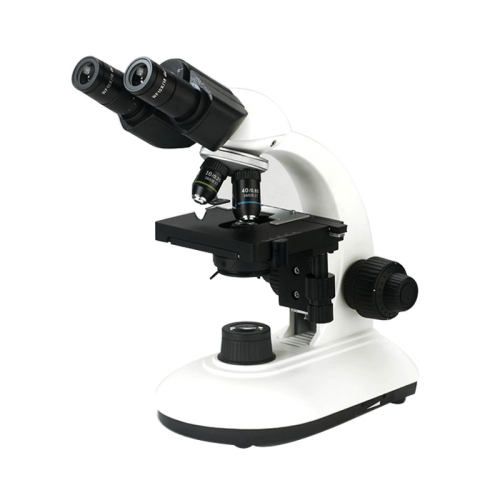
What is a Metallurgical Microscope?
1. Definition and Application
A metallurgical microscope, also known as a metallographic microscope, is a specialized optical instrument designed for the examination of metals, alloys, and other materials. Its primary application lies in the field of metallurgy, where it is utilized to study the microstructure of metallic specimens, including their composition, phases, and defects.
The application of metallurgical microscopes extends beyond metallurgy to encompass material science. Researchers use these microscopes for surface analysis, examining the topography and characteristics of materials. They are instrumental in quality control processes, failure analysis, and the development of new materials with specific properties.
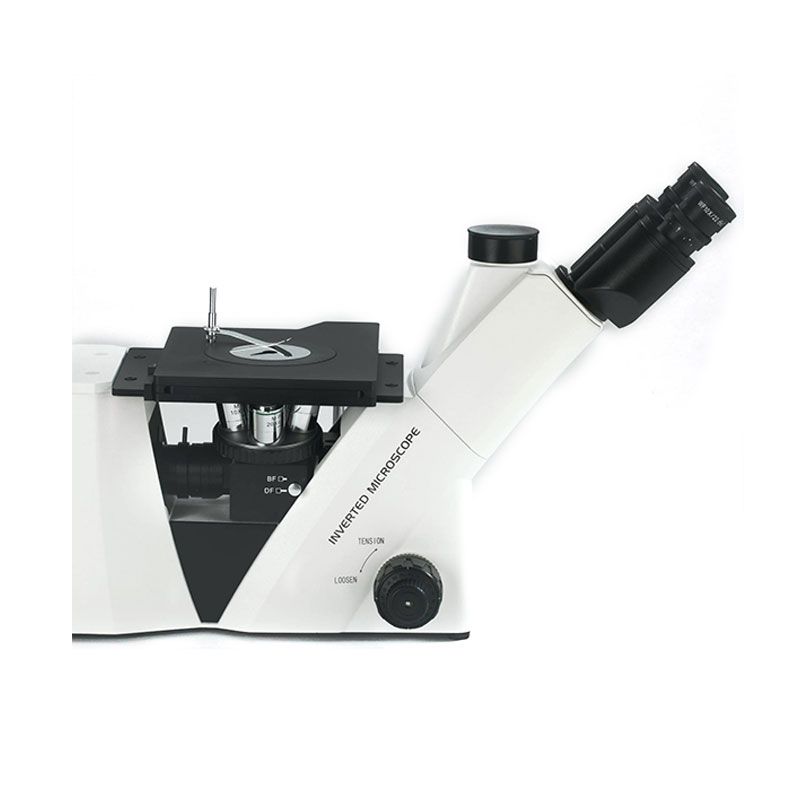
2. Key Components of Metallurgical Microscope
- Objective Lenses: Similar to biological microscopes, metallurgical microscopes are equipped with objective lenses that provide varying magnification levels. However, these objectives are specifically designed for the detailed examination of metal specimens, allowing researchers to explore the microstructure and features at the surface and within the material.
- Eyepiece: The eyepiece in a metallurgical microscope serves the same purpose as in other microscopes, magnifying the image produced by the objective lenses. This combination of objective and eyepiece magnification ensures that researchers can observe and analyze metal specimens in fine detail.
- Stage with XY Movement: The stage of a metallurgical microscope is often equipped with XY movement, allowing precise positioning and navigation of the specimen. This feature is particularly valuable for examining different areas of a large or irregularly shaped metal sample.
- Reflective and Transmitted Light Sources: One distinguishing feature of metallurgical microscopes is the availability of both reflective and transmitted light sources. Reflected light is employed for surface observation, highlighting features and topography, while transmitted light can penetrate the material, revealing internal structures. The flexibility in lighting sources enhances the versatility of these microscopes.
- Polarizing Filters: Metallurgical microscopes may include polarizing filters, which are essential for studying materials with birefringent properties. By manipulating the polarization of light, these filters aid in the analysis of stress and strain within the material, providing valuable information about its mechanical characteristics.
3. Magnification and Resolution
Metallurgical microscopes offer a range of magnification options suited for detailed surface inspection. This capability is crucial for examining the surface features, grain structure, and other microstructural elements of metallic specimens.
Metallurgical microscopes generally provide improved resolution compared to biological microscopes. This enhanced resolution is essential for discerning fine details within the microstructure of metals, enabling researchers to identify and analyze features at a level not achievable with standard optical microscopes.
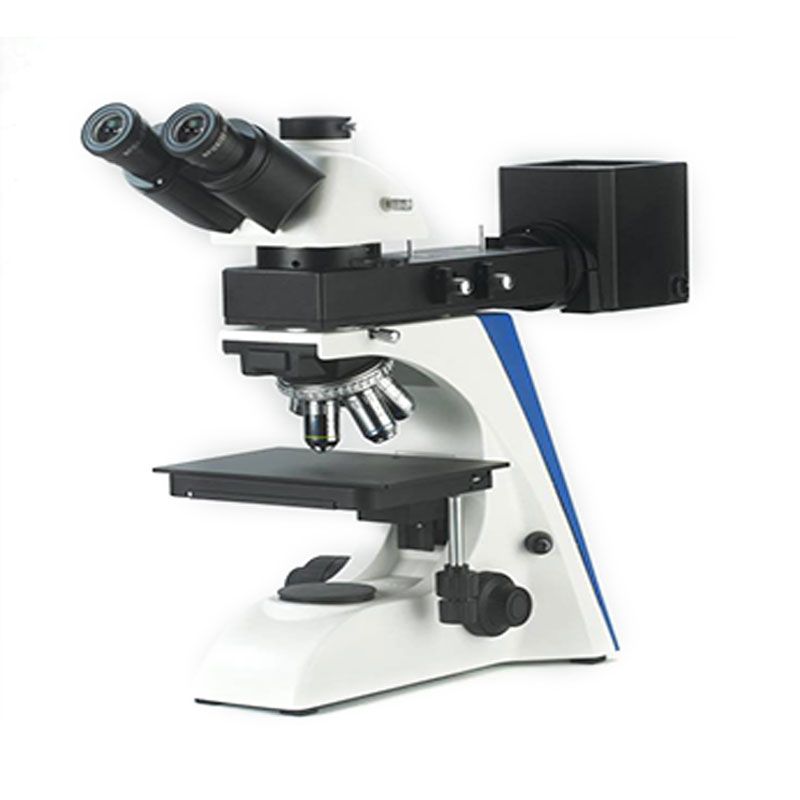
Main Differences Between Biological Microscope and Metallurgical Microscope
| Aspect | Biological Microscope | Metallurgical Microscope |
| Sample Types | Living organisms, cells, tissues, microorganisms | Metals, alloys, and various materials |
| Illumination | Transmitted light | Both reflective and transmitted light |
| Objective Lenses | May have higher magnification objectives | Specific objectives for material analysis |
| Purpose & Applications | Medical and biological research | Materials science and quality control |
In conclusion, while both biological and metallurgical microscopes share fundamental principles, their specific designs and applications are tailored to meet the distinct needs of researchers in the fields of biology and materials science, respectively. The differences in sample types, illumination methods, objective lenses, and applications highlight the specialized nature of these essential scientific instruments.
| Aspect | Similarities |
| Optical Principles | Both use lenses to magnify and resolve images Both depend on quality optics for clear and detailed visualization |
| Common Components | Eyepiece: Responsible for further magnification Objective Lenses: Provide initial magnification Stage: Platform for specimen placement Light Source: Illuminates the specimen |
| Specialized Features | Both may have polarizing filters |
In summary, the similarities between biological and metallurgical microscopes are rooted in their shared optical principles and common components. The use of lenses for magnification, dependence on quality optics for clear visualization, and the presence of standard components like the eyepiece, objective lenses, stage, and light source contribute to the foundational similarities between these two types of microscopes. Additionally, both may incorporate specialized features to cater to specific research needs.
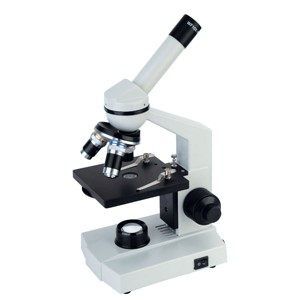
Conclusion
The selection of either a biological or metallurgical microscope is a crucial decision that hinges on the nature of the research at hand. Researchers must consider the specific features and capabilities of each microscope type to ensure that their chosen instrument aligns with the unique requirements of their investigations. By doing so, they can enhance the precision and reliability of their observations, ultimately contributing to advancements in their respective fields of study.
